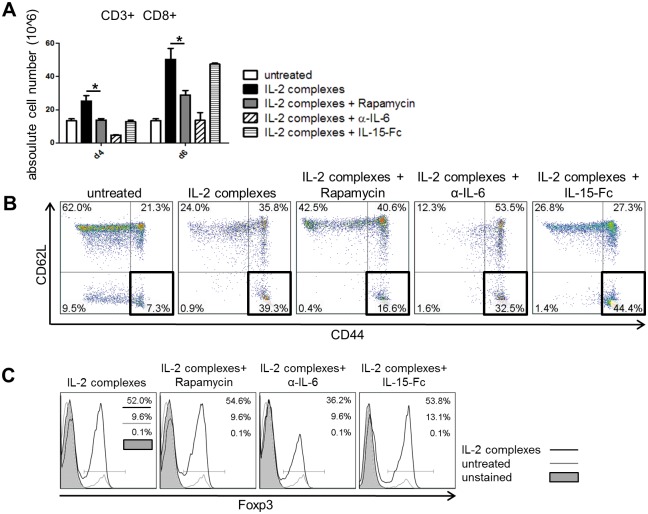Fig 6. Rapamycin reduces the expansion and activation of CD8 effector cells.
IL-2 complexes were combined with selected agents to alleviate the unintended expansion and activation of CD8 T cells. IL-2 complexes (5μg IL-2 / 25μg α-IL-2) were administered to female C57BL/6 mice three times in succession (d0, d1,0 d2) together with specified agents. The effect of combined therapy was determined on splenic CD8+ T cells and CD4+ Foxp3+ Tregs 2 (d4) and 4 (d6) days after the last injection. (A) Co-administration of rapamycin (n = 4) reduced the absolute cell number of splenic CD8+ T cells at both measured time points compared to mice treated only with IL-2 complexes (n = 4) [p = 0.0142 for d4; p = 0.0244 for d6]. Data are pooled from two independent experiments. Groups receiving α -IL-6 and IL-15-Fc consisted of 2 mice from one experiment at each time point. (B) Rapamycin (n = 4) but not α-IL-6 (n = 2) or IL-15-Fc (n = 2) considerably decreased the amount of effector memory CD8+ T cells (d6) defined as CD44hi CD62lo compared to IL-2 complex treatment alone (n = 4). Two color dot plots depict representative mice. (C) Addition of α-IL-6 (n = 2) decreased the fraction of Foxp3+ cells within splenic CD4 T cell population while rapamycin (n = 4) and IL-15-Fc (n = 2) had no profound effect (d6). Histograms illustrate representative mice of each group.

